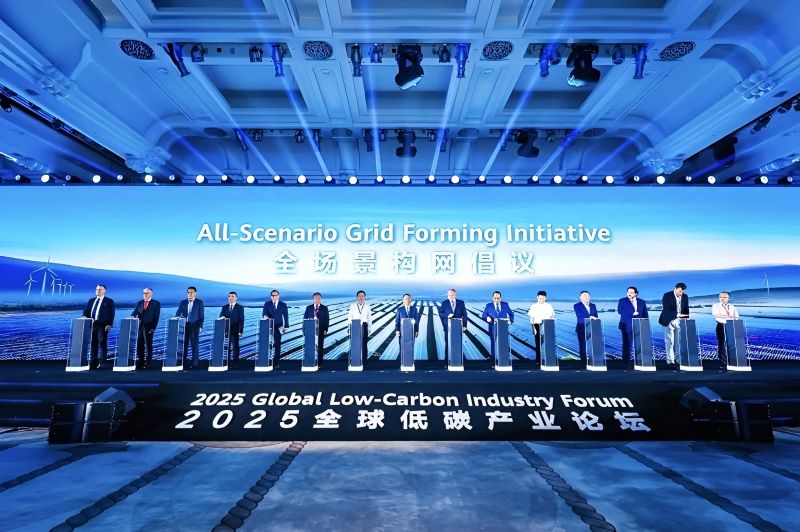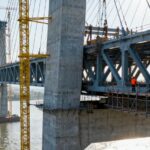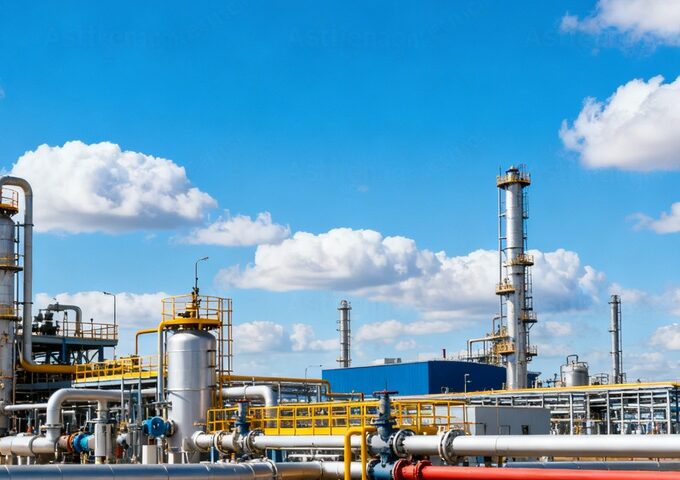Forum Opening & Initiative Launch
On September 17, the Global Low-Carbon Industry Forum, co-hosted by the China Energy Research Society, the Global Solar Council, and Huawei Digital Energy, officially kicked off. With the theme “All-Scenario Grid Forming Technology to Accelerate New Energy Led by Wind and Solar into Main Power Sources,” the forum gathered representatives from government energy departments, power grid companies, energy enterprises, and industry associations. At the event, Huawei Digital Energy joined hands with these representatives to jointly launch the All-Scenario Grid Forming Initiative.
The core goal of the initiative is to further promote the global application of all-scenario grid forming technology. By doing so, it aims to break the imbalance in global energy distribution, speed up the elimination of the global energy gap, realize the sharing of green energy resources, ensure that green electricity truly benefits every person, and jointly create a new pattern for energy transformation and sustainable development.
Huawei’s View on Industry Development
Hou Jinlong, Director of Huawei and President of Huawei Digital Energy, delivered a key speech at the forum. He pointed out that all-scenario grid forming technology will be a key driver in accelerating wind, solar, and energy storage systems to become main power sources. Meanwhile, artificial intelligence (AI) will undergo a critical shift—moving from auxiliary systems to core production systems—enabling wind, solar, and energy storage power stations to achieve full autonomous operation.
Hou Jinlong emphasized that high quality throughout the entire life cycle of energy projects is the cornerstone for the sustainable and healthy development of the new energy industry. “Huawei Digital Energy will adhere to technological innovation and quality-first principles, carry out open cooperation with industry partners, improve and perfect industry standards, and work together to accelerate the elimination of the global power gap, ensuring that everyone can access green, stable, and economical electricity,” he said.
Global Experts’ Insights on Energy Transition
Leaders and experts from international energy organizations and institutions shared their views on the role of grid forming technology in energy system transformation.
Xiang Haiping, Chief Expert of the China Energy Research Society and Vice Chairman of the China Hydropower Engineering Society, analyzed the current status and future prospects of China’s energy transition. He stressed that grid forming technology will play an important role in increasing the proportion of new energy connected to the grid and enhancing the stability of the new power system.
Andrés Rebolledo, Secretary-General of the Latin American Energy Organization (OLADE), noted that the rapid development of distributed generation has brought significant pressure to aging power grids in many regions. This pressure leads to high transmission losses and insufficient grid flexibility, making it difficult to adapt to the large-scale connection of renewable energy. “The introduction of energy storage systems, grid forming technology, and smart grids has effectively solved these problems. These technologies not only release the development potential of renewable energy but also become the core driving force for ensuring grid stability,” he explained.
Dato’Ir. Ts. Razib Dawood, Executive Chairman of the ASEAN Energy Center, stated that energy storage systems and grid forming technology will be key to improving grid resilience. He mentioned that relevant strategic measures to promote this include improving regulatory and policy frameworks, as well as advancing the integration of new energy into the grid and the upgrading and transformation of existing power grids.
Peter Wall, Director of Grid Research at BloombergNEF, shared technical insights, pointing out that synchronous condensers and grid-forming energy storage have become key technologies for providing inertia support to the grid. In addition, inverters play an indispensable role in maintaining the stable operation of the power grid.

Perspectives on New Power System Construction
Experts from power grid sectors and standard-setting organizations discussed the path to building a new power system.
Wang Jifeng, former Chief Engineer of China Southern Power Grid, said that new energy dominated by wind and solar needs to rely on the coordinated development of new energy storage and power grids to improve the resilience and operational efficiency of the entire energy system. “Building a new power system is a systematic project that requires close cooperation among all stakeholders to jointly promote the sustainable development of global energy,” he emphasized.
Li Jian, Chief Engineer of State Grid Energy Research Institute Co., Ltd., pointed out that balancing the green and low-carbon transformation of energy with the safe and reliable supply of electricity is a core task. Accelerating the construction of a new power system, he added, is a key area for technological innovation in the energy sector.
Ansgar Hinz, CEO and Chairman of the Board of VDE Group, noted that in the power structure increasingly dominated by power electronics, grid forming capability has become a basic prerequisite for the normal operation of the power system. He emphasized that inherent stability, instantaneous backup capability, and stable voltage and frequency control are the basic requirements for ensuring the safe and reliable operation of the power grid.
Global Practices of Grid Forming Technology
Representatives from enterprises and institutions around the world shared practical cases of grid forming technology application.
Zhou Tao, President of Huawei Digital Energy’s Smart PV Product Line, said that grid forming technology is the key to solving grid stability and balance issues. To promote technological innovation in this field, Huawei has built six core capabilities—including inertia support, wide-band oscillation suppression, and black start—covering the entire “generation, transmission, distribution, and consumption” chain of the energy system.
Dennis B. Jordan, President and CEO of Philippines’ MGEN Energy and Terra Solar Philippines, Inc., introduced the MTerra Solar Grid-Forming Project—the world’s largest integrated solar-storage infrastructure project. He said the project will continuously supply green and clean electricity to approximately 2.4 million households. “This project is not only an important practice to promote local green and low-carbon transformation but also provides a replicable model for global energy reform,” Jordan added.
Wang Haiyun, General Manager of the Science and Technology Innovation Department of Tibet Development and Investment Group Co., Ltd., shared the experience of the 6MW/24MWh grid-forming energy storage project in Gaize, Tibet. He pointed out that the project has significantly improved the safety and stability of electricity supply for local residents. Moreover, it provides a replicable and promotable example for the construction of new power systems around the world.
Suggestions for Industry Development
José Donoso, Director of the Global Solar Council and Chairman of the Spanish Photovoltaic Association, put forward policy and technical suggestions for the development of the new energy industry. He suggested that relevant authorities allow photovoltaic power stations to have dynamic voltage control capabilities, increase the configuration ratio of energy storage systems, and establish a sound regulatory system for grid forming technology.
Urban Windelen, Chairman of the German Energy Storage Industry Association, emphasized the role of energy storage systems in grid stability. He stated that energy storage systems enhance the stability of power systems at all levels, and grid-forming energy storage, in particular, can provide effective inertia support and reduce the risk of new energy being connected to the grid.












